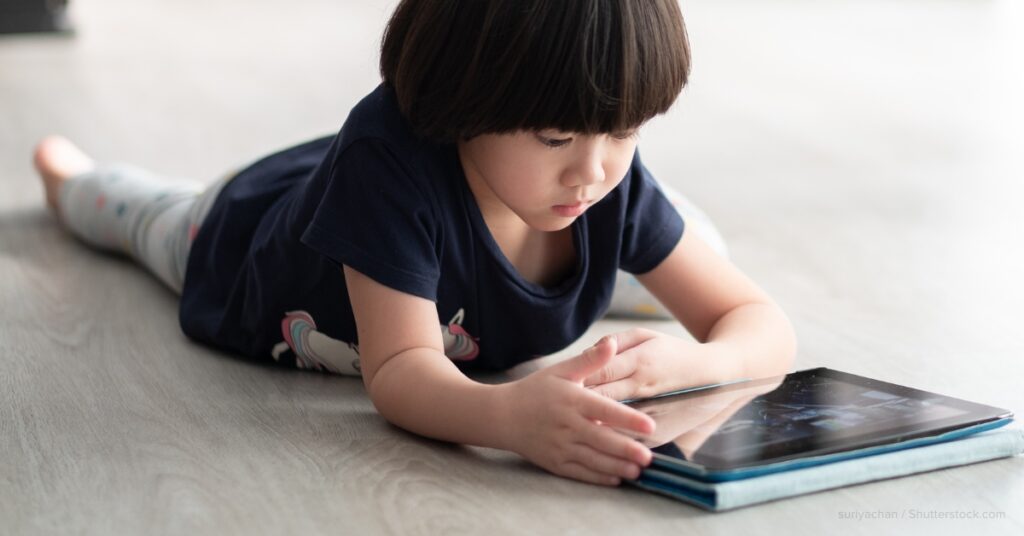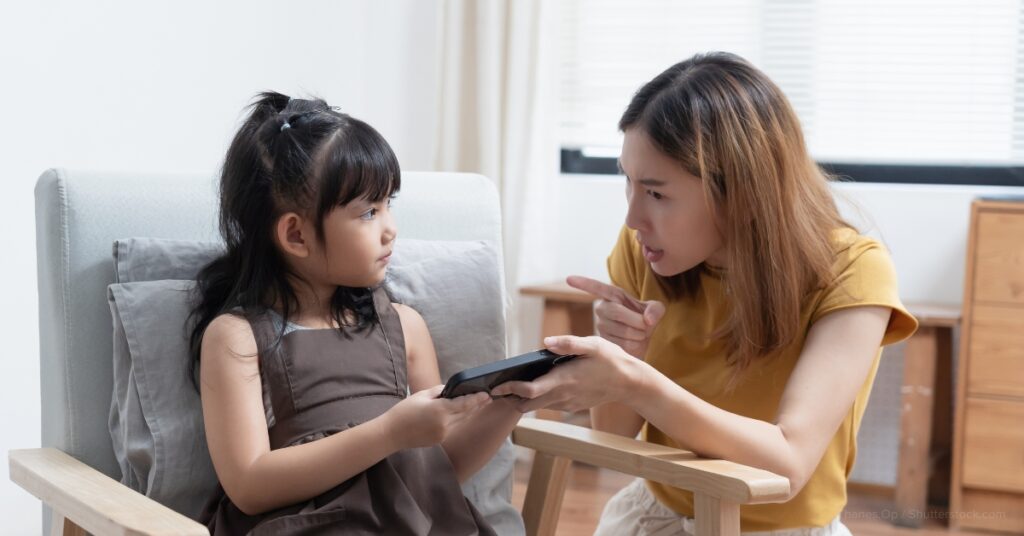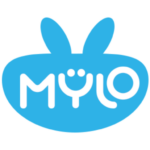What are speech therapy techniques that can help improve children’s progress? One approach is to practice the screen time limit in speech treatment.
Parents seeking to help their children overcome speech delays find great value in tools like Mylo Speech Buddy, an app designed to empower them to continue speech therapy sessions at home. While Mylo is a valuable platform for practicing speech skills, there’s always the possibility of overusing it, which might render results opposite to what one can expect from speech therapy. To ensure its effectiveness, setting a screen time limit in speech treatment is crucial.
This article explores why enforcing screen time limits on Mylo is essential for children with speech delays and how parents can achieve this.
Effect of Not Setting Screen Time Limit in Speech Treatment

Studies have shown that excessive screen time, even within the context of speech therapy, can significantly hinder children’s language development, particularly for those under two years old.
Excessive screen time reduces opportunities for face-to-face interactions, which are essential for children with speech delays to practice their communication skills. Having fewer interactions limits their language exposure, further posing issues in their ability to overcome communication challenges.
What are the Recommended Screen Time Limits?

Setting screen time limits in speech treatment with tools like Mylo can create a more enriching environment for children with speech delays. Dedicated sessions and a focused environment help children practice new speech skills more effectively.
According to the American Academy of Pediatrics, screen time recommendations vary depending on the age of the child:
- 18 months and younger: Avoid screen time altogether, except for video chatting with family under adult supervision.
- 18-24 months: Introduce high-quality educational programming in limited amounts, with parents actively discussing the content.
- 2-5 years: Limit non-educational screen time to one hour per weekday and three hours on weekends.
- 6 and older: Parents should regularly monitor their children’s usage to ensure it doesn’t interfere with sleep, schoolwork, or physical activity.
Why Parents Should also Practice Healthy Screening Habits

What are speech therapy techniques that can help improve children’s progress? One sure approach is to get parents to practice the same screen time limit in speech treatment or any purpose, whether leisurely or work-related.
Children are keenly aware of and often negatively affected by their parents’ screen habits. Studies show they describe feeling “sad” and “lonely” when their parents are on their phones. When a parent’s attention is glued to a screen, they become less responsive to their child’s verbal cues (like saying a new word) and nonverbal cues (like pointing at something interesting). This can negatively impact a child’s ability to learn and develop language skills.
Choose Mylo as Your Supplementary Aid for Speech Treatment

Setting screen time limits in speech treatment like Mylo Speech Buddy is essential in promoting healthy development in children with speech delays. Remember that Mylo is not meant to replace professional help, so parents should still know when to see a speech therapist instead of opting for supplementary aids. Learn more about Mylo here.

